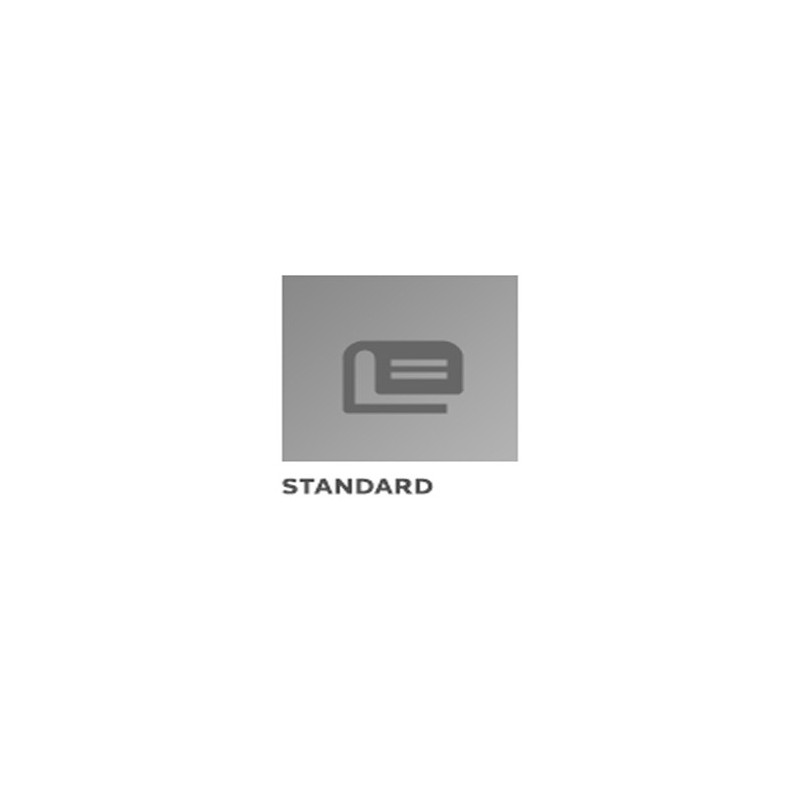Description / Abstract:
This document covers oil transport mechanisms from the power
cylinder which might affect oil consumption. It will not discuss in
detail the oil consumption mechanisms from other components.
Purpose
The oil consumption of an internal combustion engine is a
significant performance attribute. The loss of engine oil through
the combustion chamber is critical because it impacts the emissions
signature of the engine and potentially poisons any exhaust gas
after treatment devices. In addition, oil consumption is an
attribute that directly affects the operator of a vehicle. The
durability of an engine is defined, in many cases, as the point at
which oil consumption becomes excessive.
This document addresses the oil consumption transport mechanisms
for the power cylinder. Other sources for oil consumption which
will not be covered in this document are the turbocharger, the
crankcase ventilation system, leaks, and the valve train. The
material covered is appropriate for both spark ignition and
compression ignition engines.
The intent of this document is not to be a comprehensive oil
consumption handbook. It is an introduction to the oil consumption
mechanisms. Since every engine is unique, this document handles oil
consumption mechanisms in a general way, leaving the specific
dimensions, surface finishes, end gaps, and angles to be detailed
by the power cylinder engineer for each individual engine.
Consequently, the document evaluates each feature in a qualitative
manner. Each source of oil consumption is evaluated by the
qualitative parameters of Major, Medium, and Minor. For example,
the unit pressure of the oil ring is categorized as a major effect
on in-cylinder oil consumption. In solving oil consumption
problems, this feature should be explored before the piston skirt
surface finish since skirt finish is categorized with a minor
rating. In addition, if a new engine is being designed specifying
the unit pressure of the oil ring will be a significant step in
ensuring that a new engine design will have acceptable oil
control.
This document does not emphasize the effect of wear on oil
consumption. It applies to essentially new power cylinder
components whose dimensions will change as the result of wear
processes. Experience with each individual engine will determine
how significant the power cylinder oil consumption is impacted by
wear. This document is an introduction to understanding power
cylinder oil transport mechanisms. The specific details of each
individual engine will remain with the power cylinder development
engineer.


